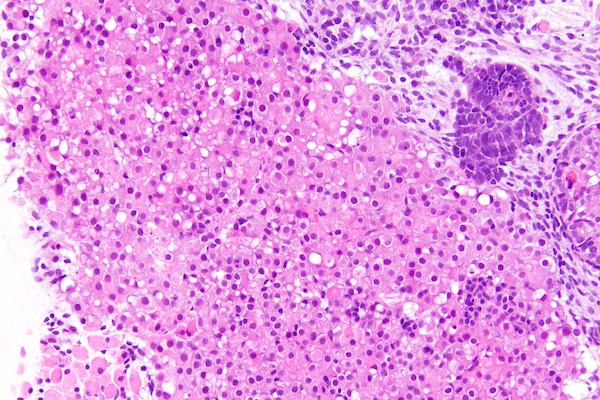Katherine Unger Baillie for Penn Today: “‘This is a proof-of-principle that we can create a system grown in a dish that functions nearly identically to a human adrenal gland in the early stages of development,’ says Kotaro Sasaki, senior author and an assistant professor at Penn Vet. ‘A platform like this could be used to better understand the genetics of adrenal insufficiency and even for drug screening to identify better therapies for people with these disorders.’
“Sasaki says his team’s aim was to use human inducible pluripotent stem cells (iPSCs), which can give rise to a myriad of different cell types, to mimic the stages of normal human adrenal development. During this process, the cells would get directed to take on the characteristics of the adrenal gland.”


